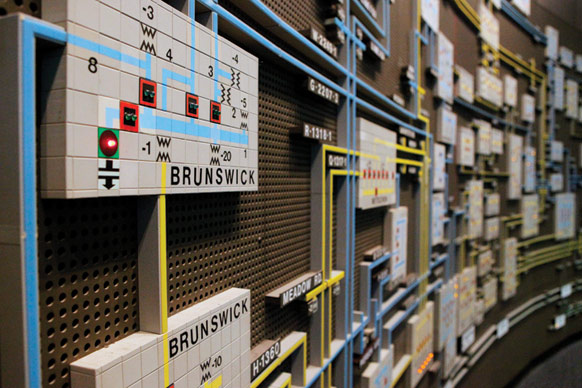Creating smart grids will require new technologies along the entire chain of electricity generation, distribution, and consumption. These systems will let operators know exactly how electricity is flowing through the grid from moment to moment, and they will make it possible to control that flow quickly and precisely.

At the heart of smart grids is communication. Grid operators are moving toward Internet-based protocols that can rapidly exchange information between many locations. Faster communication is crucial for one of the most important new technologies: units that measure, many times per second, the waveform of the alternating current flowing through the line. Changing waveforms can alert operators to problems on the grid; the information is relayed back to centralized control units and then to utilities. This technology represents a huge step forward from the old system, in which it’s not unusual for a utility to be unaware of a transmission problem until a customer calls to complain that the power is out.
Control over the grid has also been improved by new and upgraded supervisory control centers and data acquisition centers. These centers have relied on the telephone network to communicate with substations, but new systems use Ethernet-based networks or other modern technologies. Information gathered from all over a local transmission network makes it possible to respond to problems—a downed power line or a lightning strike—within fractions of a second.
Don’t settle for half the story.
Get paywall-free access to technology news for the here and now.